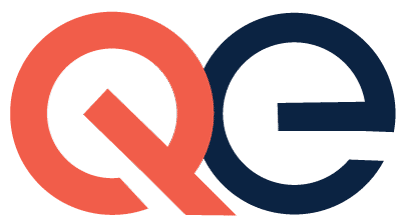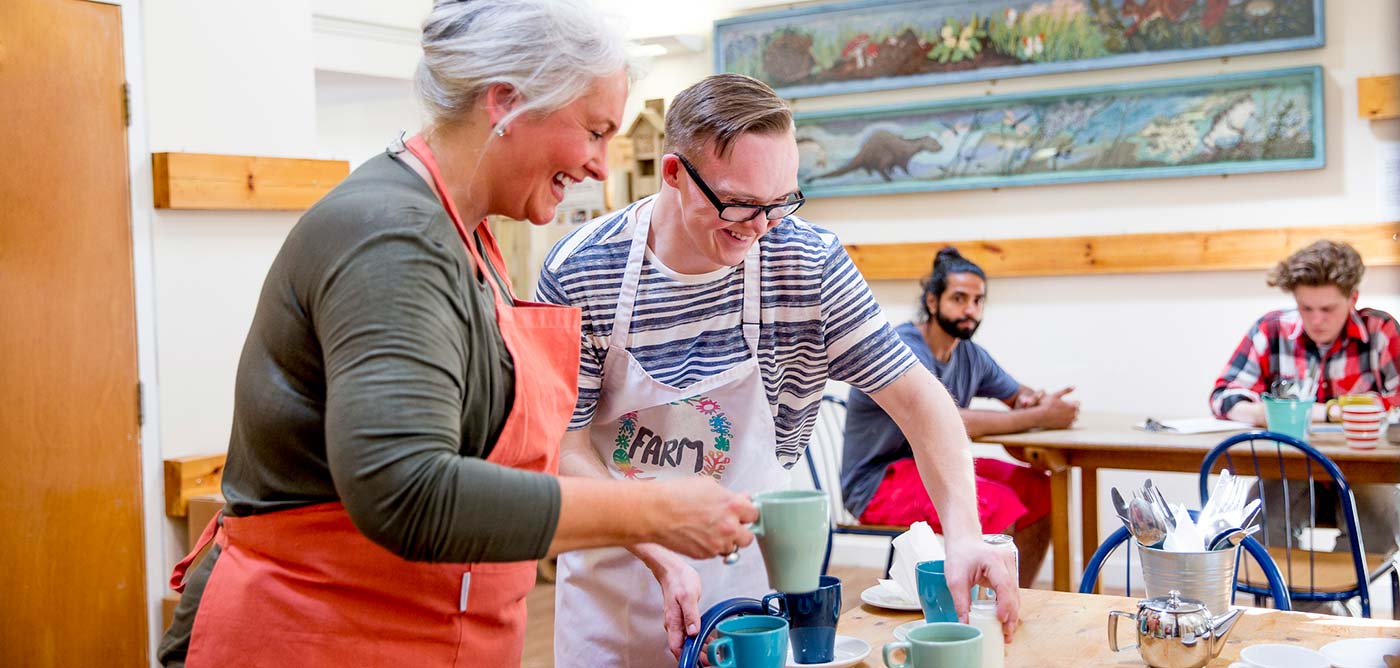A new brief paper, by the U.S. Department of Education’s Office of Special Education and Rehabilitative Services, aimed at policymakers as well as service providers, presents a shared Federal vision for community engagement. Developed in partnership with ODEP and the U.S. Department of Health and Human Services’ Administration for Community Living as well as the Substance Abuse and Mental Health Services Administration, this paper explains why this vision is important and how it may lead to better employment outcomes, as well as identifies the types of supports required and available through multiple service systems to facilitate community engagement for individuals with disabilities, including youth.
Individuals are kept on the path to competitive integrated employment by maximizing all opportunities for community engagement through collaborative and coordinated service planning and delivery that support personal interests and goals.
What Is Community Engagement
This new framework describes community engagement as participation in activities in the community that are chosen by individuals with disabilities and offer meaningful opportunities for learning and expanding skills critical to employment and independent living. Community engagement activities provide opportunities to:
- Build relationships and social networks
- Sharpen workplace social skills
- Learn work skills
Effective Community Engagement
The framework also describes ways to effectively expand employment opportunities for people with disabilities through community engagement. Community engagement should be:
- Individualized > Successful community engagement activities are based on each individual's choices, interests, strengths, and needs.
- Interactive > Consider the difference between simply existing in a community and actively participating in that community. Individuals with disabilities interact with other community members of their choice through community engagement, including routine interactions with others who get to know them through shared experiences and from which the person may learn. It allows the individual to cultivate and strengthen a sense of purpose directed toward personal goals based on personal preferences.
- Supported > Facilitation, coaching, and mentoring are potential ingredients for effective community engagement. In many cases, the role of the service provider is to make it easier for people with disabilities to access community services and activities that are consistent with their individual goals, to offer coaching during interactions and activities, and to connect them with community members who may offer coaching and mentoring.
The framework also shares examples of how to think about each of these community engagement strategies.
Service Systems That Support Community Engagement
Finally, the framework includes information on a variety of service delivery systems and programs, such as special education, vocational rehabilitation, Medicaid-funded home and community-based services, workforce development, mental health, and social security, which can be used to access needed services and supports for community engagement.
Depending on their eligibility for these programs, individuals with disabilities may receive services ranging from assessment, prevocational and occupational skills training, postsecondary education, assistive technology, transportation, job development, work-based learning experiences, among others, designed to assist individuals with obtaining competitive integrated employment.





